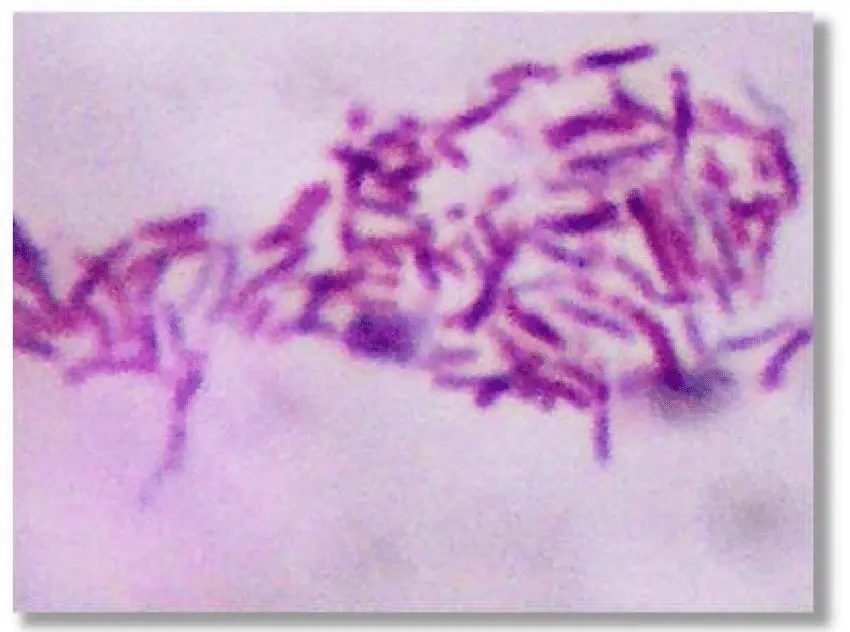Mycobacterium avium subspecies paratuberculosis (MAP) is the main causative agent of paratuberculosis, commonly referred to as Johne's disease. This microscopic organism is a master of persistence and survival; it can affect human health and cause chronic illness in ruminants. Investigating the intriguing biology and tenacity of Mycobacterium is crucial to fully understanding the difficulties presented by tuberculosis.
🔬 Biological Characteristics of Mycobacterium
- 🧫 Waxy Cell Wall: They are shielded from harsh environments, dehydration, and numerous disinfectants by their thick, waxy outer layer, which is rich in mycolic acids.
- ⏳ Slow Growth: Mycobacterium grows very slowly, in contrast to many other bacteria. In lab settings, colonies of MAP can form in as little as 12–16 weeks, which makes diagnosis more difficult.
- 🧪 Acid-Fastness: Under a microscope, the bacteria can be easily identified because they retain unique stains even after acid washing.
- 🦠 Intracellular Survival: Macrophages are immune cells that MAP can live inside, which helps it evade host defenses and endure over time.
🩺 The Role of MAP in Paratuberculosis
Johne's disease, or paratuberculosis, is a chronic intestinal infection that causes inflammation and weight loss in ruminants and is brought on by MAP. Control is difficult because the bacteria survives in pasture, water, and soil on farms.
🦠 Diseases Caused by Mycobacterium avium subspecies paratuberculosis (MAP)
The primary cause of paratuberculosis, also referred to as Johne's disease, which primarily affects ruminant animals such as cattle, sheep, and goats, is Mycobacterium avium subspecies paratuberculosis (MAP). The effects of MAP, however, might go beyond animal health and could also have an impact on human illnesses.
1. Johne’s Disease (Paratuberculosis) in Animals
A chronic, infectious intestinal infection known as Johne's disease causes serious health issues for livestock.
- Symptoms include poor growth, decreased milk production, diarrhea, weight loss, and ultimately death.
- Disease progression: Early detection is challenging because the disease advances slowly, frequently taking years before clinical symptoms manifest.
- Economic impact: Farmers suffer large financial losses as a result of affected animals' decreased productivity and potential need for culturing.
2. Possible Link to Crohn’s Disease in Humans
Crohn's disease is a chronic inflammatory bowel disease that results in malnourishment, diarrhea, and abdominal pain. Several studies point to a possible connection between MAP and Crohn's disease, though this has not been proven because:
- MAP DNA has been detected in the tissues of some Crohn’s patients.
- Both diseases share similar symptoms and intestinal lesions.
- The persistence of MAP in the human gut may trigger or worsen inflammation in susceptible individuals.
🧩 Mycobacterium and Human Health
The function of MAP in human diseases, particularly Crohn's disease, a chronic inflammatory bowel disease, is still being investigated. Although definitive proof is still pending, some studies have found MAP DNA in the tissues of Crohn's patients, pointing to a potential connection.
Public health and food safety may be significantly impacted by an understanding of MAP's zoonotic potential, particularly with regard to milk and meat products derived from infected animals.
🧪 Advancements Fueling MAP Research
Progress is being accelerated by scientific advancements:
Next-Generation Sequencing (NGS): Offers comprehensive genetic data for epidemiological research and strain typing.
Rapid PCR Assays: Make it possible to identify MAP in food products and animal samples more quickly.
Bioinformatics: Combines various datasets to forecast disease outbreaks and pinpoint vaccine targets.

